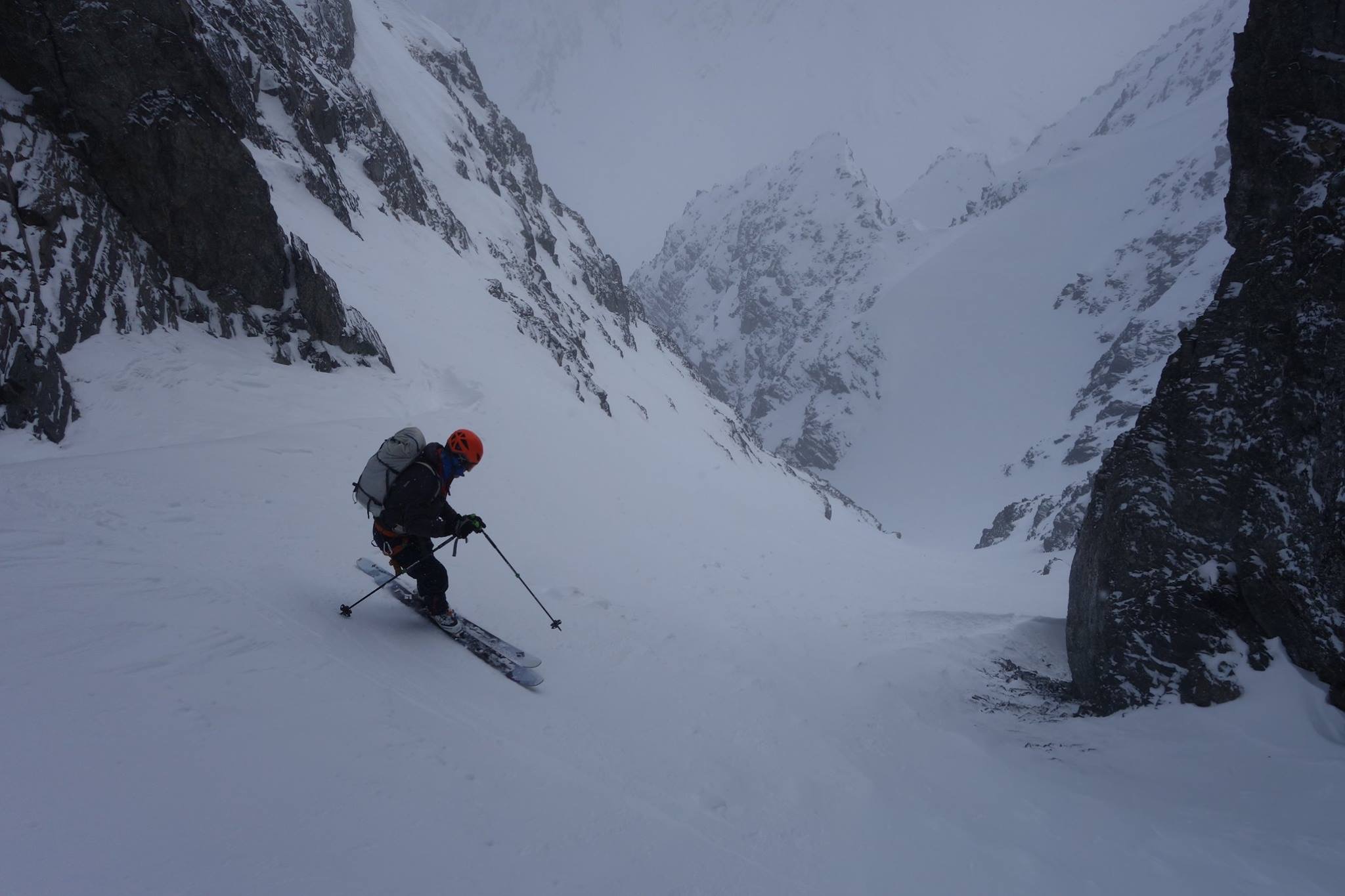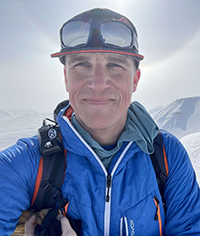Preparing for Your Best Backcountry Skiing Season Ever. Part 3: Fitness Training
“The best [backcountry] skier on the mountain is the one having the most fun.” Doug Coombs.
If the above quote holds true, I might be the best skier on the planet!
Full disclosure: I can have fun skiing in any type of weather and snow conditions. Really.
I’m certainly not the most talented skier on the mountain but I’ve had amazingly fun backcountry ski days in all kinds of conditions. I've had fun skiing in both extremely cold and extremely hot temperatures. I’ve had fun backcountry ski days in blower powder and breakable crust. I have fun skiing with experts and I have fun skiing with first-timers. Skiing is (almost) always fun for me.
Those - thankfully rare - days when I have less than maximum fun usually have one common theme: physical fitness.
It’s no fun to be gasping for air while trailing far behind your friends on the skin track. It’s no fun to slightly dread powder days because you don’t have the energy to break trail through deep snow. It’s no fun to arrive at a transition with legs that just want you to sit down - anything but ski down!
Preparing for your best backcountry skiing season ever means preparing your body for the demands of long skin tracks and challenging descents in variable (perhaps even - whisper it - less than ideal) snow. Human powered backcountry skiing is by definition made possible by the physical fitness of the participants. There is a direct correlation between physical fitness and the number of runs that can be completed in a day of backcountry skiing. Of course, the amount of vertical accomplished in a day does not directly correlate with having the most fun. But getting up and down the mountains is a baseline requirement of backcountry skiing.
So what can you do now to ramp up your fitness for this winter?
Three magic words. It’s that easy. Just say the magic words…and get to work.
 Contemplating fun and fitness above a long couloir in Valdez, AK.
Contemplating fun and fitness above a long couloir in Valdez, AK.
I wish it was as simple as saying magic words and sitting on the couch! But the real magic is in the work of training and in the capacity of our bodies to adapt to training stresses.
The three “magic” words to train by are the three cardinal principles of endurance training. Steve House, Scott Johnston, and Kilian Jornet, authors of the book Training for the Uphill Athlete: A Manual for Mountain Runners and Ski Mountaineers, describe these principles in their book and on the website UphillAthlete.com:
Consistency – You must train consistently. Long breaks followed bit flurries of motivation and activity are far from ideal and represent not training but instead “exercise”.
Gradual Progression – The training load must gradually increase. As you become fitter, the same training load will not produce the gains it did a few weeks ago.
Modulation – A good training plan will progress in a wave like manner with some hard weeks followed by easy weeks and even with weeks; hard days followed by easy days.
I used to “exercise” haphazardly. Legs and lungs were the systems I wanted to target but I didn’t really see the results I wanted until I followed a training plan based on the three magic words.
Consistency. Gradualness. Modulation.
Start today to get your body prepared for your best [aka most fun] backcountry skiing season ever.
If you’re wondering where or how to start, the book Training for the Uphill Athlete is a great resource. Online, the Uphill Athlete website includes several training plans that are designed for ski touring or ski mountaineering and can be adapted to your own fitness level. The plans can often be completed at home with minimal equipment.

Increased physical fitness makes backcountry skiing even more fun. If you follow the magic words and put in the work, this season you too can be the best skier on the mountain.
Jerry Isaak is an Associate Teaching Professor and the program lead for ski touring in the Adventure Studies Department at Thompson Rivers University in Kamloops, British Columbia. He is an AMGA certified Ski Guide and has guided backcountry ski adventures in Iceland, Kyrgyzstan, Japan, and throughout the United States and western Canada.









